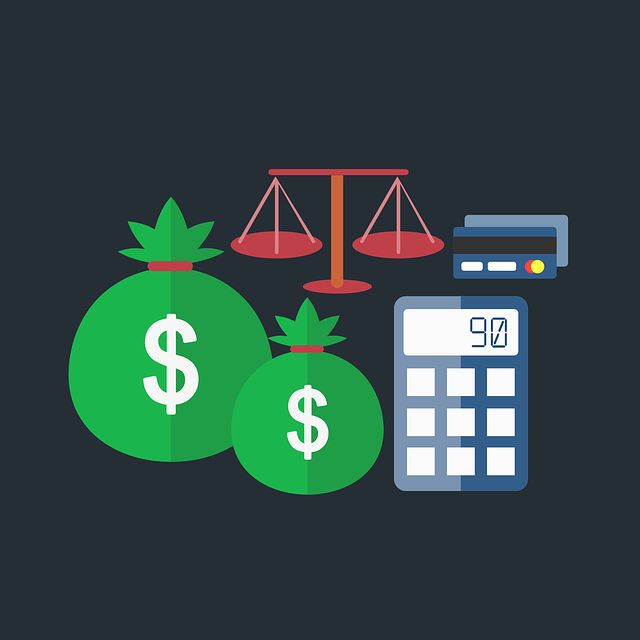Alternative financing, like peer-to-peer lending and crowdfunding, provides flexible options but requires thorough understanding of loan fees. These can include origination fees, service charges, and platform fees, on top of variable loan interest rates influenced by market conditions and creditworthiness. Borrowers must carefully review terms to avoid hidden costs and make informed decisions about the best alternative loans for their financial goals.
“In today’s financial landscape, understanding alternative financing and its cost structure is more crucial than ever. This comprehensive review delves into the diverse world of alternative loans, including personal loans, peer-to-peer lending, and crowdfunding. We explore key differences with traditional banking loans, focusing on loan fees (origination, processing), interest rates (fixed vs. variable), and hidden costs. By comparing historical trends and presenting case studies, this article illuminates the potential cost savings and nuances of alternative financing options.”
- Understanding Alternative Financing and Its Cost Structure
- – Definition of alternative financing
- – Types of alternative loans (e.g., personal loans, peer-to-peer lending, crowdfunding)
Understanding Alternative Financing and Its Cost Structure

Alternative financing, a diverse range of financial solutions outside traditional banking, has gained traction in recent years. This includes peer-to-peer lending, crowdfunding, and online credit platforms offering flexibility and accessibility not always available through conventional loans. However, understanding the cost structure is essential for borrowers.
These alternative loans often come with varying fees, such as origination or processing charges, which can significantly impact the overall cost. Interest rates on these loans may be fixed or variable, influenced by market conditions and the borrower’s creditworthiness. Unlike traditional loans, where interest is calculated based on a percentage of the principal for a defined period, alternative financing structures can be more intricate. Borrowers should carefully review loan terms, including any hidden costs, to make informed decisions, ensuring they grasp the full spectrum of financial obligations associated with their chosen alternative lending option.
– Definition of alternative financing

Alternative financing refers to non-traditional funding options that complement or sometimes replace conventional bank loans. These can include peer-to-peer lending, crowdfunding, business lines of credit from alternative lenders, and other innovative financing mechanisms. The appeal lies in potentially lower loan fees, faster approval times, and more flexible terms compared to traditional bank loans. However, it’s important to consider the overall cost, including loan interest rates, origination fees, and any other hidden charges associated with these alternative loans.
Understanding the intricacies of various loan structures is crucial when exploring alternative financing. While these options may offer agility and accessibility, borrowers should scrutinize the terms to avoid higher costs in the long run. Different types of alternative loans have distinct characteristics, and what seems like a good deal initially might not be after factoring in all associated fees and interest rates.
– Types of alternative loans (e.g., personal loans, peer-to-peer lending, crowdfunding)

In today’s financial landscape, traditional banking isn’t the only option for businesses and individuals seeking capital. The rise of alternative financing has introduced various loan types, each with its own set of characteristics and costs. These include personal loans from banks or credit unions, which often have fixed interest rates and clear repayment terms. Peer-to-peer (P2P) lending platforms connect borrowers directly with lenders, potentially offering competitive interest rates but with variable fees and a more complex application process. Crowdfunding, another alternative, allows individuals to raise funds by appealing to a large number of people, usually in exchange for equity or rewards, but it may not be suitable for all business needs due to its reliance on public support.
Understanding the loan fees associated with each type is crucial. Personal loans typically have lower interest rates but may come with origination fees and other charges. P2P lending platforms often charge service fees, while crowdfunding campaigns may take a percentage of funds raised as a platform fee. When considering alternative loans, borrowers should carefully review these costs to ensure they align with their financial goals and to avoid any unexpected expenses that could impact their overall budget.






